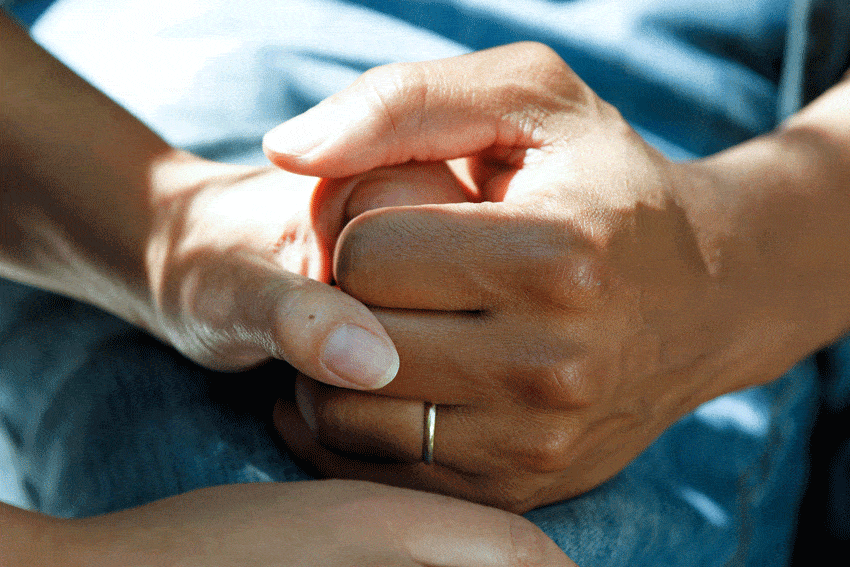
Arguments based on dodgy figures are dangerous
Euthanasia advocate Alex Greenwich MP has been highlighting the claims of his partner organisation Dying with Dignity that 20 per cent of suicides in people aged over 40 are associated with a terminal illness.
He thinks it follows, as night the day, that we should legalise ‘voluntary assisted dying’ on the theory that it would prevent or postpone suicide in terminal illness or at least make the self-harm less messy.
But hold on. Are the figures true? Not remotely. Of the 495 deaths reported to the NSW Coroner in 2019 20.4% had a terminal illness OR a debilitating physical condition OR had experienced significant decline in health. So the real proportion of suicide with a terminal illness is a fraction of what Mr Greenwich is claiming.
A review of the Victorian data in the journal Psycho-Oncology (August 2019) found that of 118 who actually had an active cancer when they committed suicide, fewer than half (42%) had advanced cancer—so, once again, it was decidedly NOT “associated with a terminal illness”. In fact, 34% had had a history of mental illness and only 14% had had any contact with a Palliative Care service. Beware the euthanasia lobby’s numbers.
What will be the effect of sending out the mixed message that we want to prevent suicide but we also want to assist it?
What if the Greenwich claim about terminally ill cancer patients over age 40 were true?
Well, if VAD is all about choice, about respect for autonomy, about living and dying on our own terms, why on earth would you restrict it to people with a terminal illness, or a physical illness, or any illness at all? Why shouldn’t anyone who felt their life was a burden or that they were a burden upon others be assisted in dying sooner rather than later? Why can’t they ask their doctor to provide the means or even to do it for them?
So much for the over 40s: but what about young people? Youth suicide in Australia is already a terrible statistic. Now it is proposed that our society should declare, through its laws and medical practices, that some people are better off dead, that it’s willing to help those people be dead, that suicide is not such a tragedy after all.
Does anyone seriously believe that such messaging will have no impact on youth suicide? Young people aren’t dumb. They can read the subtext. Life is no longer sacrosanct. It’s optional.
How about the already high rates of suicides in certain professions, or amongst farmers during droughts, or amongst Australia’s returned service personnel? What will be the effect of sending out the mixed message that we want to prevent suicide but we also want to assist it? Can anyone seriously believe it will mean fewer suicides?
In America’s assisted suicide capital, Oregon, the suicide contagion effect is obvious: in that state the suicide rate is 43% higher than the national average.
Even if a good many NSW suicides were connected with terminal illness, why would we want to encourage more through VAD? Shouldn’t we be doing something about the massive rates of undiagnosed depression and demoralisation amongst those with terminal illness and amongst those who attempt suicide?
Shouldn’t we be doing all we can to make people’s last days comfortable, meaningful, respectful, loved? Doing what we can to make people’s everyday so?
V.A.D. won’t do that. V.A.D. is B.A.D.
Tell the NSW Parliament to reject euthanasia. Make your submission here:
Join the campaign against euthanasia in NSW at noeuthanasia.org.au
Related:
